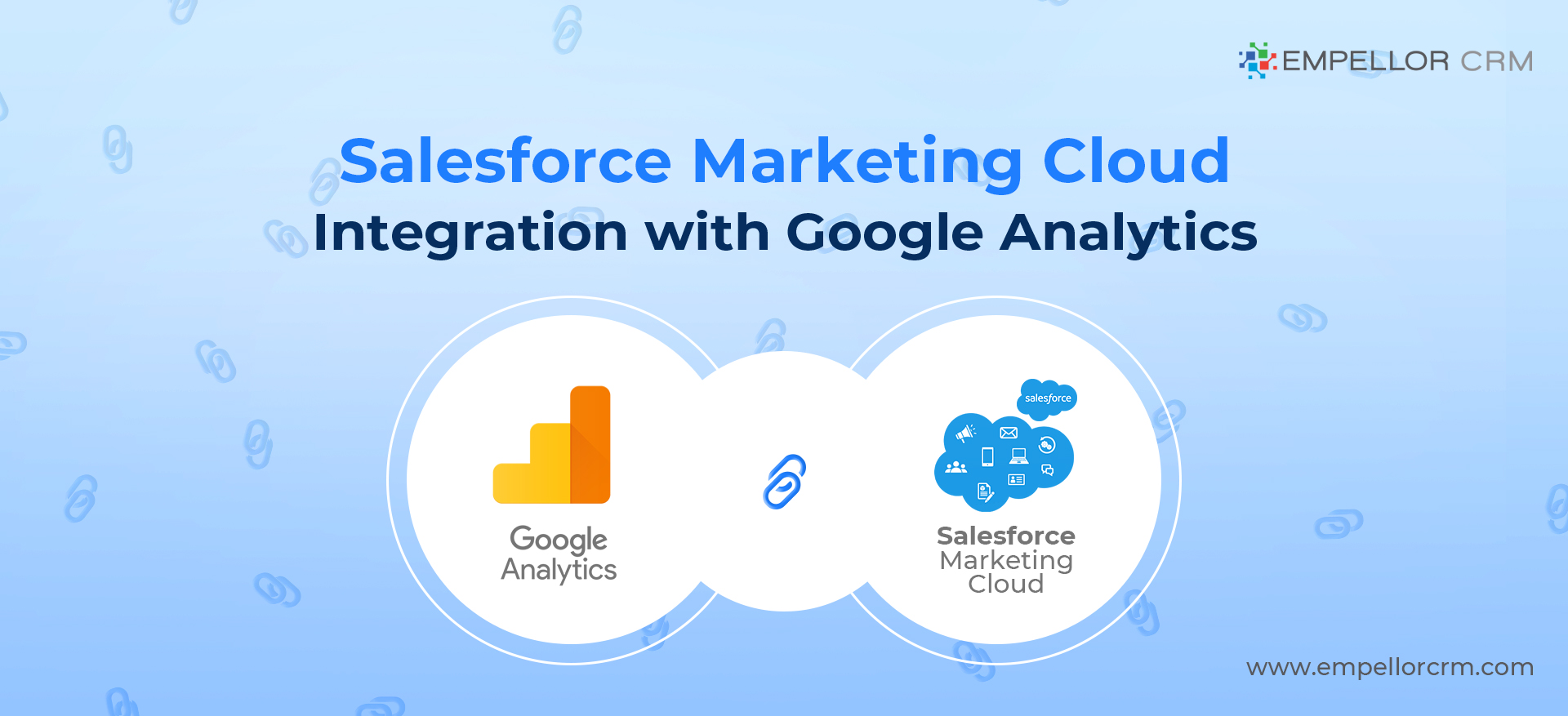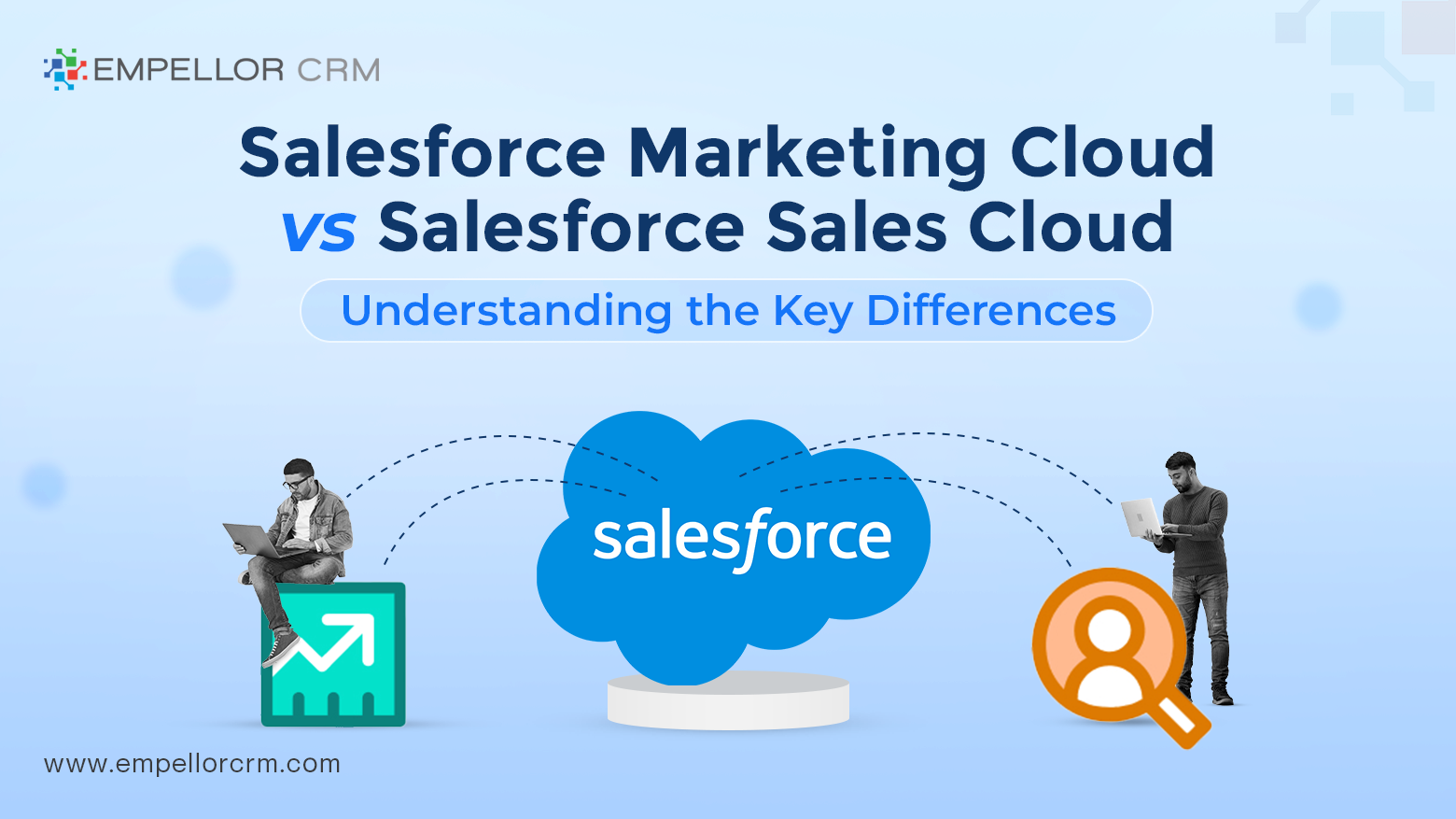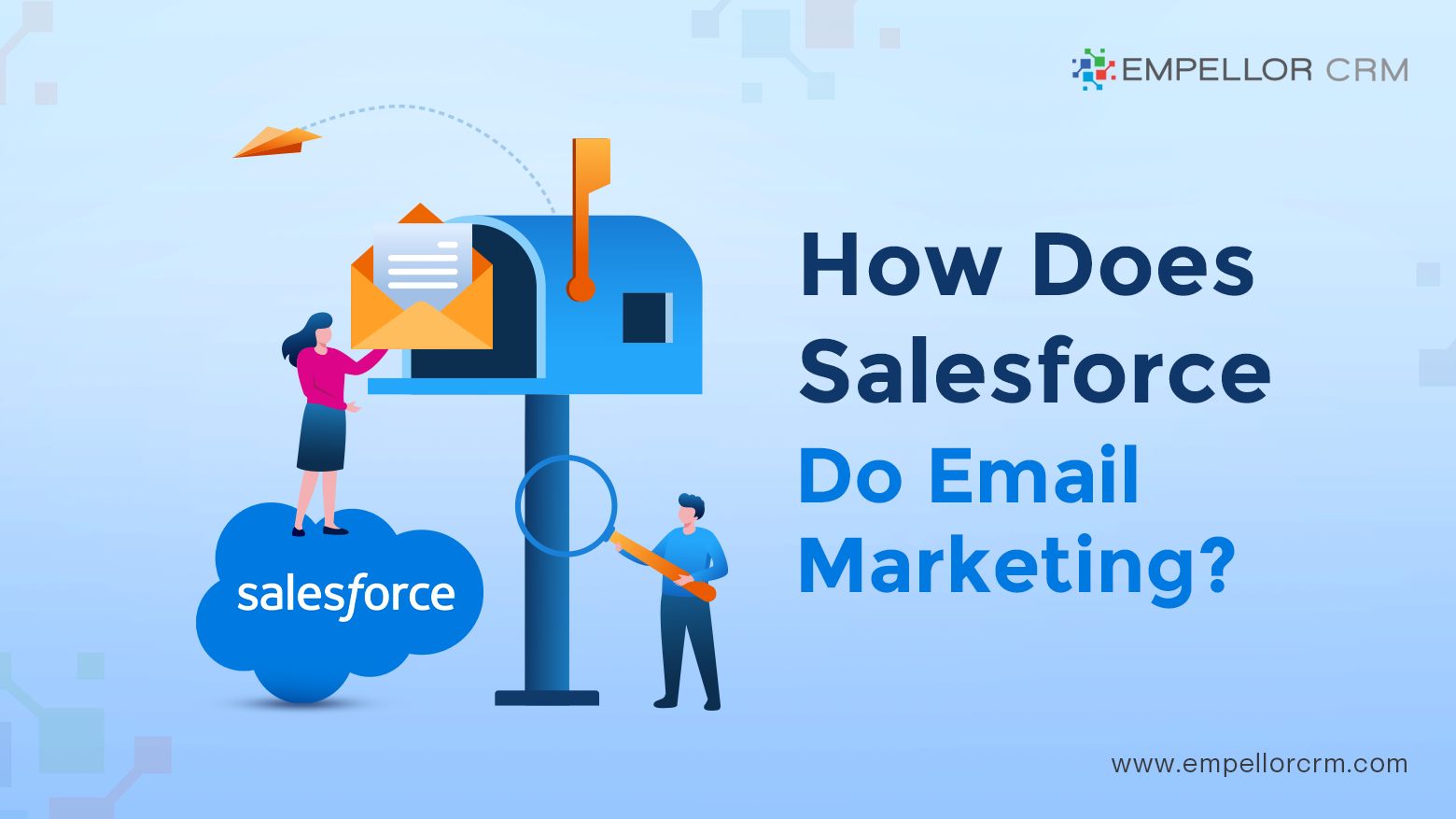Claim your free copy of the book CRM Shouldn’t Suck
Claim your free copy of the book CRM Shouldn’t Suck
Salesforce Marketing Cloud Integration with Google Analytics

Integrating Salesforce Marketing Cloud with Google Analytics offers businesses a powerful combination of marketing automation and detailed web analytics. This integration allows marketers to track customer interactions, measure campaign effectiveness, and optimize marketing strategies. In this blog post, we’ll explore the benefits, steps, and best practices for integrating Salesforce Marketing Cloud with Google Analytics.
Why Integrate Salesforce Marketing Cloud with Google Analytics?
Firstly, integrating Salesforce Marketing Cloud with Google Analytics enhances your marketing capabilities. By combining these tools, you can:
- Track Customer Journeys: Understand how customers interact with your marketing campaigns and website.
- Measure Campaign Effectiveness: Evaluate the performance of your email, social, and web campaigns.
- Optimize Marketing Strategies: Use data insights to improve targeting and personalization.
Next, let’s delve into the steps to achieve this integration.
Steps to Integrate Salesforce Marketing Cloud with Google Analytics
Integrating Salesforce Marketing Cloud with Google Analytics involves several steps. Here’s a detailed guide:
- Prepare Your Accounts: Ensure you have admin access to both Salesforce Marketing Cloud and Google Analytics.
- Create a Google Analytics Account: If you don’t have one, set up a Google Analytics account and property for your website.
- Enable Tracking in Salesforce Marketing Cloud: Navigate to your Salesforce Marketing Cloud account and enable Google Analytics tracking in your settings.
- Configure UTM Parameters: Use UTM parameters in your Salesforce Marketing Cloud emails and landing pages to track specific campaigns.
- Set Up Goals in Google Analytics: Define goals in Google Analytics to measure specific actions, such as form submissions or purchases.
- Link Your Accounts: Connect your Salesforce Marketing Cloud account with your Google Analytics account using the provided integration tools.
- Test Your Integration: Send test campaigns to ensure data flows correctly between Salesforce Marketing Cloud and Google Analytics.
By following these steps, you can seamlessly integrate Salesforce Marketing Cloud with Google Analytics, ensuring comprehensive tracking and analysis.
Best Practices for Salesforce Marketing Cloud Integration with Google Analytics
To get the most out of your integration, consider the following best practices:
- Use Consistent UTM Parameters: Ensure consistency in your UTM parameters to accurately track and compare campaigns.
- Regularly Monitor Data: Frequently review your Google Analytics reports to identify trends and insights.
- Optimize Campaigns Based on Data: Use the insights gained from Google Analytics to refine and improve your marketing campaigns.
- Leverage Segmentation: Segment your audience in Salesforce Marketing Cloud and analyze their behavior in Google Analytics for targeted marketing.
- Automate Reports: Set up automated reports in Google Analytics to stay updated on campaign performance.
Benefits of Salesforce Marketing Cloud Integration with Google Analytics
The integration of Salesforce Marketing Cloud with Google Analytics brings numerous benefits, including:
- Improved Data Accuracy: Ensure that your marketing data is consistent and accurate across platforms.
- Enhanced Customer Insights: Gain deeper insights into customer behavior and preferences.
- Better ROI Measurement: Accurately measure the return on investment for your marketing campaigns.
- Streamlined Marketing Processes: Automate and streamline your marketing processes for greater efficiency.
Moreover, this integration allows for more personalized marketing. By understanding how customers interact with your campaigns and website, you can tailor your messaging to better meet their needs.
Common Challenges and How to Overcome Them
Despite the benefits, integrating Salesforce Marketing Cloud with Google Analytics can present some challenges. Here are common issues and their solutions:
- Data Discrepancies: Ensure that your UTM parameters are correctly set up and that data is syncing properly between platforms.
- Technical Difficulties: Work with your IT team or a consultant to resolve any technical issues during the integration process.
- User Training: Provide training for your team to effectively use both Salesforce Marketing Cloud and Google Analytics.
By addressing these challenges, you can ensure a smooth and successful integration.
Conclusion
In conclusion, integrating Salesforce Marketing Cloud with Google Analytics offers numerous advantages for businesses looking to enhance their marketing efforts. By following the steps outlined above and adhering to best practices, you can achieve a seamless integration that provides valuable insights and drives better marketing outcomes. Embrace this powerful combination to track, measure, and optimize your marketing strategies effectively. With Salesforce Marketing Cloud and Google Analytics working together, you’ll be well-equipped to understand your customers and deliver impactful marketing campaigns.


